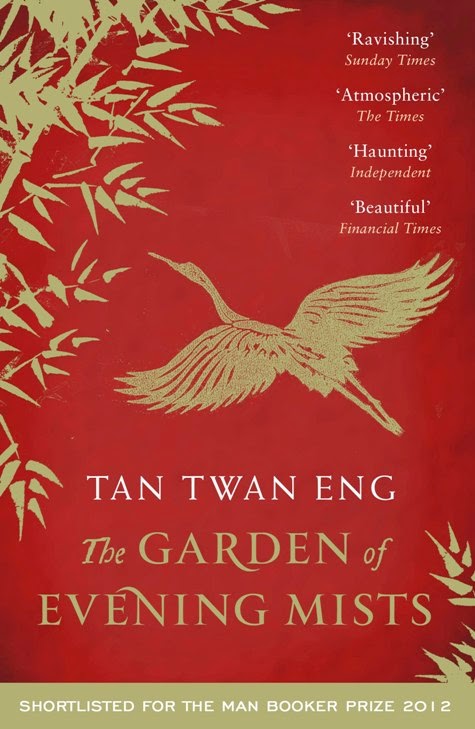This post contains affiliate links. If you click through and buy I will receive a percentage commission at no extra cost to you.
This review details some events in the novel that may spoil sections for those who have not yet read it.
The Moon and Sixpence tells the story of Charles Strickland, stockbroker turned artist who
gives little explanation when he leaves his life in London to while away his
hours painting in Paris. Maugham took his inspiration for the character from
the life of Paul Gauguin, but there are reminders throughout that this is not
Gauguin’s story, an obvious example being that it is specifically mentioned
that Strickland had never met Van Gogh.
Our narrator is an author, writing a book about Strickland’s life.
This has an impact on the way he writes the story, and he admits that he
embellishes and interprets what Strickland actually said. In his opening
explanation as to why he feels it necessary to add a further book to the
existing selection on the topic he explains his own opinions on art and that he
believes the artist puts part of themselves in their work – an opinion worth
remembering throughout as he attempts to dissect Strickland’s personality. We
do, however, learn more about our narrator’s character than his subject in the
opening chapters. The book as a whole is an interesting examination of the
complexity of individual psychologies and we learn a lot about him through his
interaction with others. He comes across as socially awkward and naïve with set
ideas about what constitutes appropriate
behaviour at different stages of life.
He judges Strickland for his behaviour and lack of concern,
increasingly seeing him as an odious man and he has no qualms in telling him that
he finds him despicable. Strickland does not care for the opinions of others
and points out that it is really this lack of power that distresses the
narrator. There’s something oddly admirable about Strickland’s total absence of
care in regards social pressure and expectations, although there’s no denying
that his behaviour is far from ideal. He is a complex character; both incredibly
straightforward and upfront but with unexpected passion and hidden concerns.
For all his flaws he seems to understand deeply some truths about human nature
that others do not. Any sympathetic feelings toward him do tend to dry up as
the novel progresses and he seemingly heartlessly breaks up the marriage of
someone who has shown him nothing but kindness, and feels no pity when it ends
in death.
Strickland is often described as having sensual features and he has
a lot of pent up lust that he has to relieve on occasion, a fact he seems to
resent as an unworthy distraction from his art. He does at least see lust as
natural, love on the other hand seems to him to be a weakness. He does not
believe Blanche Stroeve loved him, merely that she wanted to possess him, and
thinks her foolish for her actions. He shows no remorse or concern for either
her or her husband, Dirk.
On leaving his wife, Strickland felt no guilt at forcing her to fend
for herself, and indeed her reaction to his departure suggests he may not be
entirely wrong in his views on the nature of relationships. She is greatly
concerned with what people will say, and remains ashamed of earning a living
(she is by no means a feminist figure). In many ways they are an incongruous
pair, he caring nothing of what people think of him nor for physical comfort,
but for all their differences they do share a devotion to different forms of
art, albeit a passion that manifests itself in very different forms.
Despite his affection for Strickland’s wife, our narrator is
surprised by her concerns and disturbed by the assertion that had she been
called to her husband’s deathbed she would willingly have gone and cared for
him. This he sees as a strange passion in women, almost as if they look
forward to being able to play this role. He learns a lot about the world and
the complexity of personal relations interlinked with the outside world from
his dealings with Strickland, and seems to mature because of it.
The Moon and Sixpence is full of absolutely fascinating characters whose backstory and the
impact this has on their psychology is gradually revealed throughout. Rarely
have I come across a novel that is so sage in its approach to its characters’
mental development. Despite the constant reminders that we have an unreliable
narrator who does not know all the facts and elaborates on those he does, you’re
left with a very clear sense of the varied characters. Strickland may seem
despicable in his actions but its also clear that his compulsion to paint
enslaves him, making him an intriguing protagonist.
This was the first of Maugham’s work that I read, and it left me
eager to read more.
Pick up a copy:





